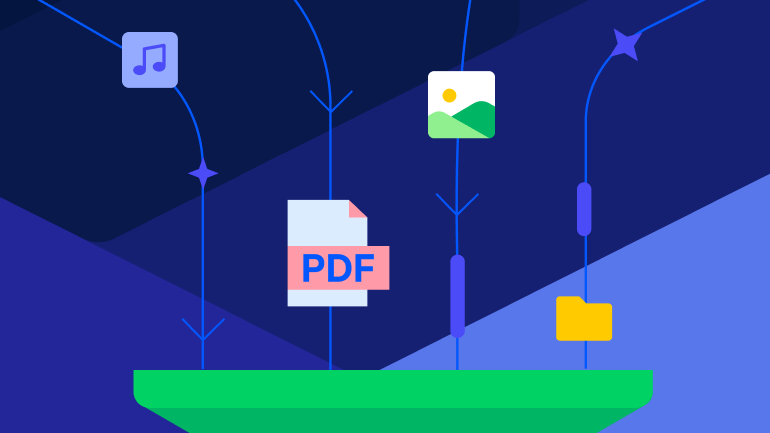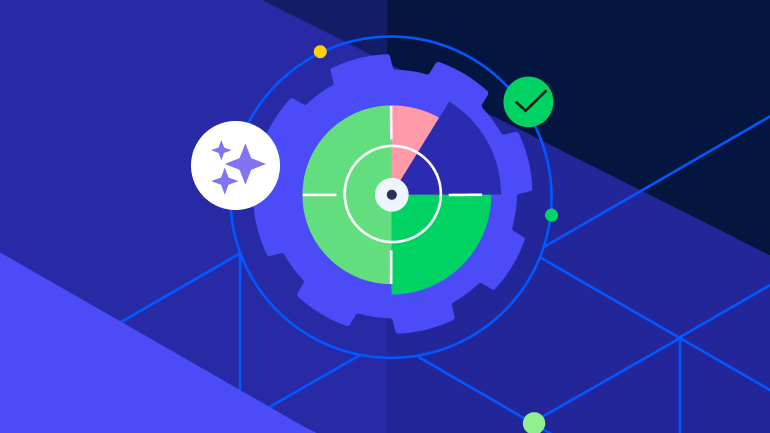Agentic RAG
The 6 AI Trends That Will Actually Matter Next Year
If 2023–2024 were the years of pilots and prototypes, 2025–2026 will be about orchestration, governance and scale. The signal across serious researchers is consistent: adoption is widespread and business impact concentrates where companies redesign workflows, measure outcomes and hard-wire trust and controls into the stack. McKinsey reports that ~80% of companies use generative AI (GenAI), yet most still aren’t seeing material earnings contribution, because scaling practices and operating models lag the hype. This gap is a roadmap that can be leveraged by Frontier Firms and individuals looking for an advantage (or many) in today’s AI-powered world.
What Is Agentic RAG?
Discover how agentic RAG combines Retrieval-Augmented Generation with autonomous AI agents to deliver accurate, context-aware and trustworthy responses. Learn why this advanced architecture outperforms traditional RAG for enterprise AI by facilitating dynamic workflows, compliance and efficiency.
Streamline LLM Quality Assurance for RAG
Developers, product owners and companies searching for a RAG-as-a-Service solution, listen up! The Nuclia Prompt Lab is here to revolutionize the way you test and integrate LLMs with your unstructured data. The Nuclia Prompt Lab is a unique tool that allows you to test how different LLMs behave and answer questions with your own prompts and data. Say goodbye to hours of experiments, and hello to increased product value.
How to Leverage AI to Optimize Customer Support
Customer support is about providing answers to people’s questions. But it’s about solving problems. In many cases, the solution is written somewhere in your knowledge base. But it might be hard to find, or it might not be accessible at all. That’s where AI comes in. AI can help you optimize your customer support by making your knowledge base more accessible and easier to use.
Also Able to Explore

Latest Stories in Your Inbox
Subscribe to get all the news, info and tutorials you need to build better business apps and sites



